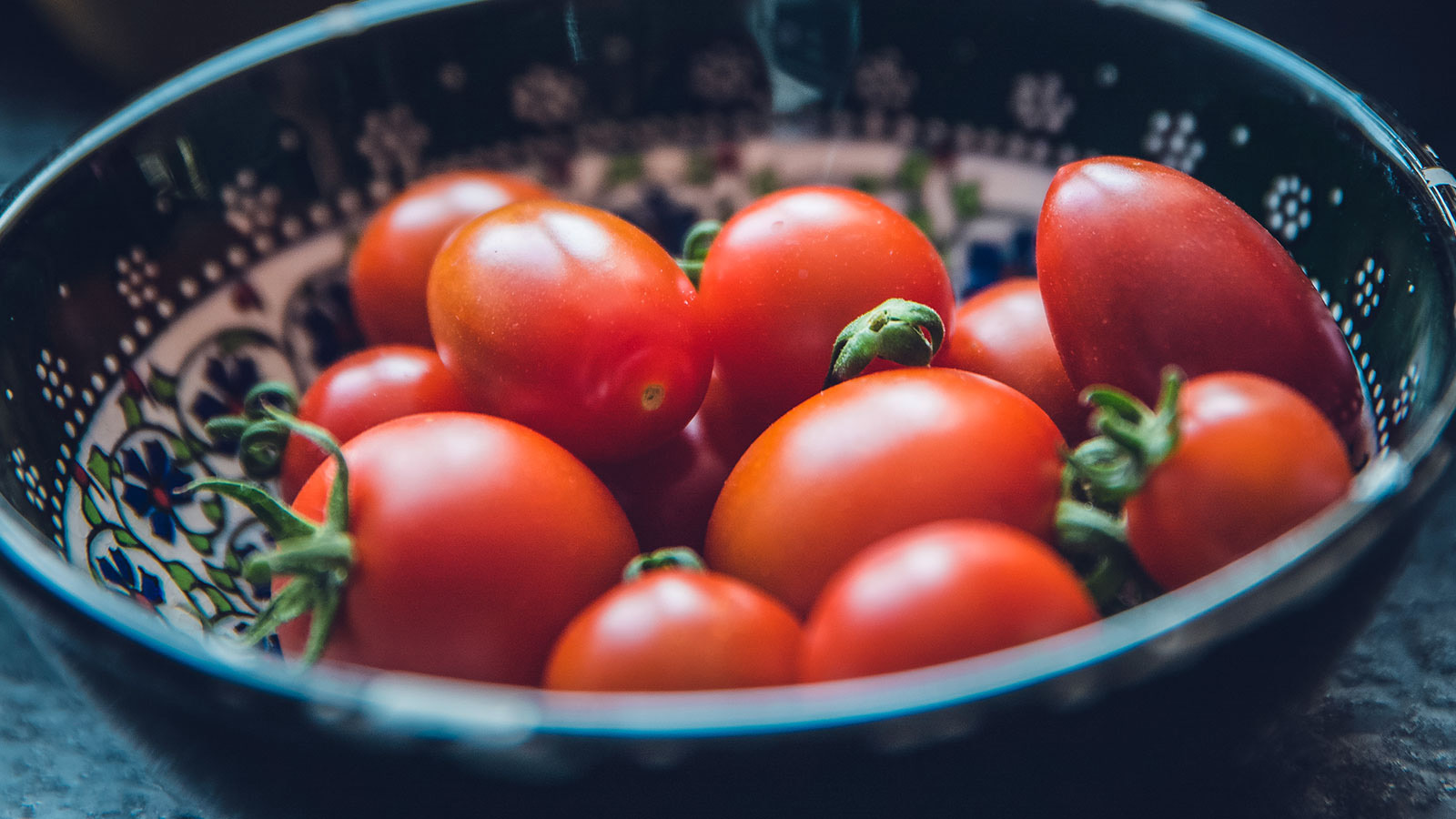

Articles
How To Store Tomatoes After Harvest
Modified: February 24, 2024
Learn the best ways to store tomatoes after harvest in this informative article. Discover tips and tricks for prolonging their freshness and flavor to enjoy them all year round.
(Many of the links in this article redirect to a specific reviewed product. Your purchase of these products through affiliate links helps to generate commission for Storables.com, at no extra cost. Learn more)
Introduction
Tomatoes are a versatile and delicious fruit that adds flavor and vibrancy to countless dishes. Whether you’ve grown them in your own garden or picked up a batch of ripe tomatoes from the local farmer’s market, it’s important to know how to properly store them after harvest to extend their shelf life and preserve their quality.
Proper storage techniques can make a significant difference in the taste and texture of tomatoes. By ensuring that they are stored correctly, you can enjoy their deliciousness for longer periods, even after the peak of their ripeness.
In this article, we will explore various methods for storing tomatoes after harvest. From choosing the right tomatoes to harvesting at the right stage of ripeness, we’ll cover everything you need to know to keep your tomatoes fresh and flavorful.
Key Takeaways:
- Choose firm, thick-skinned tomatoes for storage, harvest at the right ripeness, and remove excess moisture to prolong freshness. Store at room temperature, refrigerate when necessary, or freeze for long-term enjoyment.
- Regularly inspect, separate ripe from unripe tomatoes, and avoid excess moisture, heat, and direct sunlight. Consider canning or freezing for extended shelf life and savor the flavors of ripe tomatoes in various culinary creations.
Read more: How To Store Garlic After Harvest
Choosing the Right Tomatoes for Storage
When it comes to storing tomatoes after harvest, selecting the right type of tomatoes is crucial. Not all tomatoes are suitable for long-term storage, as some varieties have a shorter shelf life than others. Here are a few factors to consider when choosing the best tomatoes for storage:
- Choose firm and ripe tomatoes: Opt for tomatoes that are firm to the touch and free from blemishes or spots. Avoid overly soft or mushy tomatoes, as they may not hold up well during storage.
- Consider the variety: Some tomato varieties are better suited for storage than others. Look for varieties with thicker skins, as they tend to have a longer shelf life. Examples include Roma tomatoes, San Marzano tomatoes, and certain heirloom varieties like ‘Amish Paste’ and ‘Principe Borghese’.
- Size matters: Smaller to medium-sized tomatoes are generally easier to store than larger ones. They are less likely to rot or spoil as quickly due to their smaller size and higher skin-to-flesh ratio.
- Avoid overripe tomatoes: While you might be tempted to store overripe tomatoes, they are more prone to spoilage. It’s best to use overripe tomatoes immediately or consider other preservation methods such as freezing or canning.
By carefully selecting the right tomatoes for storage, you can ensure that they have a better chance of staying fresh and delicious for an extended period.
Harvesting Tomatoes at the Right Stage of Ripeness
The key to storing tomatoes successfully lies in harvesting them at the right stage of ripeness. Harvesting too early or too late can impact the flavor and shelf life of the tomatoes. Here are some guidelines to help you determine when to harvest your tomatoes:
- Look for the signs of maturity: Tomatoes should be fully mature before harvesting. They should have developed their full color and should feel firm to the touch. Ripe tomatoes will also easily separate from the stem with a gentle twist.
- Consider the purpose: The stage of ripeness at which you harvest your tomatoes depends on their intended use. If you plan to eat them fresh, allow them to fully ripen on the vine until they are fully red and slightly soft. If you plan to store them for longer periods, it’s best to harvest them when they are slightly underripe, with a green tinge. These tomatoes will continue to ripen off the vine, allowing you to extend their shelf life.
- Be mindful of the weather: Ideally, it’s best to harvest tomatoes on a dry day to minimize the risk of disease or mold. Wet conditions can encourage the development of fungal diseases, which can affect the quality of the tomatoes even during storage.
- Inspect for any damage or blemishes: Before harvesting, take a closer look at the tomatoes and discard any that show signs of rot, pests, or physical damage. Damaged tomatoes are more likely to deteriorate quickly and affect other tomatoes in storage.
By harvesting tomatoes at the right stage of ripeness, you can ensure that they will have the best flavor and texture and will hold up well during storage.
Removing Excess Moisture from Tomatoes
To prolong the shelf life of tomatoes and prevent them from becoming mushy or spoiled, it’s important to remove excess moisture before storing them. Here are some methods to help you remove moisture from tomatoes:
- Air-drying: One simple method is to air-dry the tomatoes before storing them. Start by gently washing the tomatoes and patting them dry with a paper towel. Then, place the tomatoes on a clean, dry surface, such as a wire rack or a tray lined with a kitchen towel. Allow them to air-dry for a few hours or overnight, depending on the humidity level in your area. This process helps to remove excess moisture, reducing the chances of rot or mold development during storage.
- Salt sprinkle: Another technique to remove moisture is by sprinkling a small amount of salt on the cut side of the tomato. The salt helps to draw out moisture, which can then be wiped away with a paper towel. However, be mindful of not oversalting, as it can affect the taste of the tomatoes.
- Dehydrating: If you have a food dehydrator, you can also use it to remove moisture from tomatoes. Slice the tomatoes into even-sized pieces and place them on the dehydrator trays. Set the dehydrator to the appropriate temperature for tomatoes (around 135°F or 57°C) and let them dry for several hours until they become leathery. Once dehydrated, store the tomatoes in an airtight container or freeze them for longer-term storage.
- Blanching and cooling: For tomatoes that you plan to freeze, blanching and cooling can help remove excess moisture. Start by scoring the skin of each tomato with a small “X” on the bottom. Then, blanch the tomatoes in boiling water for about 30 seconds to one minute, depending on their size. Remove them from the boiling water and transfer them immediately into a bowl of ice water to cool. The rapid cooling process helps to lock in the flavors while removing excess moisture.
By taking the time to remove excess moisture from tomatoes before storage, you can help maintain their freshness and prevent them from becoming soggy or susceptible to spoilage.
Storing Tomatoes at Room Temperature
Storing tomatoes at room temperature is a common method that allows them to continue ripening and develop their full flavor. Here are some tips for storing tomatoes at room temperature:
- Choose a cool and well-ventilated spot: Find a location in your kitchen or pantry that is relatively cool and has good air circulation. Avoid storing tomatoes near heat sources such as direct sunlight, stovetops, or appliances that generate heat, as this can cause them to spoil more quickly.
- Keep them stem-side down: Place the tomatoes with their stem-side down on a countertop or a tray. Storing them upside down helps to prevent air from entering through the stem, reducing the risk of spoilage.
- Check regularly for ripeness: It’s important to check the ripeness of your stored tomatoes regularly. This allows you to catch them at their ideal stage of ripeness and consume them before they become overripe or spoiled. Give them a gentle squeeze to feel for firmness and check for any signs of mold or soft spots.
- Separate ripe and unripe tomatoes: If you have both ripe and unripe tomatoes, it’s best to store them separately. Ripe tomatoes release ethylene gas, which can speed up the ripening process of nearby fruits. By separating ripe and unripe tomatoes, you can control the ripening process and extend the overall shelf life of your tomatoes.
Storing tomatoes at room temperature is ideal for shorter-term storage and allows them to develop their flavors fully. However, keep in mind that room temperature storage may not be suitable for all climates and seasons. In hot and humid environments, tomatoes may spoil faster, so it’s important to monitor them closely and adjust your storage method accordingly.
Store tomatoes at room temperature, away from direct sunlight, to allow them to ripen fully. Once ripe, refrigerate to slow down further ripening and extend their shelf life.
Read more: How To Store Corn After Harvest
Storing Tomatoes in the Refrigerator
While storing tomatoes at room temperature is the preferred method for optimal flavor and texture, there may be instances where refrigeration is necessary to prolong their shelf life. Here are some important considerations when storing tomatoes in the refrigerator:
- Choose fully ripe tomatoes: Refrigeration can cause unripe tomatoes to develop a mealy texture and lose flavor. Only refrigerate tomatoes that are fully ripe and at their peak of flavor.
- Keep them away from moisture: Moisture is the enemy of refrigerated tomatoes. Place them in a perforated plastic bag or a container with ventilation to help maintain proper airflow and avoid excess moisture buildup. Alternatively, you can also store them on a clean paper towel to absorb any moisture.
- Store them on the upper shelves: The upper shelves of the refrigerator have a more consistent temperature and offer better air circulation. Avoid storing tomatoes in the refrigerator door or bottom crisper drawer, as these areas may experience temperature fluctuations.
- Use within a few days: Refrigerated tomatoes have a shorter shelf life compared to those stored at room temperature. Consume them within a few days to enjoy their optimum flavor and texture.
- Allow them to come to room temperature before consuming: To fully enjoy the flavor of refrigerated tomatoes, take them out of the refrigerator and allow them to come to room temperature before consuming. This will help restore their natural flavor and improve the eating experience.
It’s important to note that refrigeration can alter the texture of tomatoes, making them more prone to becoming mushy. Therefore, it’s recommended to only refrigerate tomatoes when necessary, such as during hot summer months or when you need to extend their shelf life for a short period.
Freezing Tomatoes for Long-Term Storage
If you have an abundance of tomatoes and want to preserve them for an extended period, freezing is an excellent option. Freezing tomatoes allows you to enjoy their flavor and nutritional value even when they are out of season. Here’s how you can freeze tomatoes for long-term storage:
- Prepare the tomatoes: Start by washing the tomatoes thoroughly under cool running water to remove any dirt or debris. Remove the stems and any blemishes or bruises. Consider blanching the tomatoes briefly in boiling water for about 30 seconds to 1 minute, then carefully transfer them to an ice water bath. Blanching helps preserve the color and texture of the tomatoes while making it easier to remove the skins.
- Peel and chop (optional): If desired, you can peel the tomatoes after blanching by gently removing the skin with a knife or your fingers. However, this step is optional as the skin is safe to consume and will soften when cooked. You can also choose to chop the tomatoes into smaller pieces or leave them whole, depending on your preference and intended use.
- Package for freezing: Place the prepared tomatoes in airtight freezer-safe containers or freezer bags. Remove as much air as possible from the containers or bags before sealing to prevent freezer burn. Label them with the date, variety of tomato, and any other relevant information.
- Store in the freezer: Place the packaged tomatoes in the freezer, ensuring they are arranged in a single layer to allow for quicker freezing. Once frozen, you can stack and organize them to maximize freezer space.
- Thawing and using frozen tomatoes: When you are ready to use frozen tomatoes, thaw them in the refrigerator overnight or use the defrost setting on your microwave for quicker thawing. Keep in mind that thawed tomatoes will have a softer texture and may release more liquid compared to fresh ones. Frozen tomatoes are best used in cooked dishes like sauces, soups, stews, and casseroles.
By freezing tomatoes, you can enjoy their garden-fresh flavors and nutritional benefits throughout the year. Whether you use them for homemade sauces, salsas, or other recipes, frozen tomatoes offer a convenient and delicious option for long-term storage.
Preserving Tomatoes through Canning
Canning is a popular method for preserving tomatoes, allowing you to enjoy their flavor and versatility year-round. Proper canning ensures that tomatoes are safely preserved and ready to use in a variety of dishes. Here’s how you can preserve tomatoes through canning:
- Choose the right tomatoes: Select ripe, firm tomatoes for canning. It’s best to use tomatoes with a higher acidity level, such as Roma or plum tomatoes, as they are less prone to spoilage. Acidic tomatoes help prevent the growth of harmful bacteria.
- Prepare the jars and lids: Wash canning jars, lids, and bands in hot soapy water and rinse thoroughly. Sterilize the jars by boiling them in a large pot of water for 10 minutes. Keep the jars hot until ready to use.
- Prepare the tomatoes: Wash the tomatoes thoroughly and remove the stems. Blanch the tomatoes in boiling water for about one minute, then transfer them to an ice water bath to cool. Peel off the skins and remove any bruises or blemishes. Cut the tomatoes into halves or quarters, depending on your preference and the size of the jars.
- Fill the jars: Pack the prepared tomatoes tightly into the hot, sterilized jars, leaving about a 1-inch headspace at the top. Add lemon juice or citric acid to each jar to ensure the proper acidity level, as recommended by canning guidelines. You can also add salt or other herbs and spices for extra flavor if desired.
- Seal and process the jars: Wipe the rims of the jars with a clean, damp cloth to remove any food particles or liquid. Place the lids on the jars and screw on the bands until fingertip tight. Process the jars in a water bath canner, following the recommended processing time and temperature for your altitude and the size of the jars. This process ensures the jars are sealed and the contents are safe for long-term storage.
- Store and cool the jars: Once the processing time is complete, carefully remove the jars from the canner and place them on a towel-lined countertop. Allow the jars to cool undisturbed for 12 to 24 hours. As the jars cool, you will hear a “popping” sound, indicating that the lids have properly sealed. Check the seals by pressing down on the center of the lids. If the lids do not flex or give, the jars are properly sealed. Store the properly sealed jars in a cool, dark place for up to a year.
Canning tomatoes allows you to enjoy the taste of summer throughout the year. Whether you use them in sauces, soups, stews, or other recipes, home-canned tomatoes provide a flavorful and convenient option for preserving the harvest.
Tips for Extending the Shelf Life of Tomatoes
To maximize the freshness and longevity of your tomatoes, it’s important to follow a few tips and tricks. By implementing these practices, you can extend the shelf life of your tomatoes and keep them in prime condition for longer. Here are some helpful tips:
- Avoid washing until ready to use: Moisture can cause tomatoes to spoil faster, so it’s best to avoid washing them until you’re ready to consume or prep them for a dish. This helps prevent excess moisture accumulation and extends their shelf life.
- Store tomatoes stem-side down: Storing tomatoes with their stems facing downward helps prevent moisture and air from entering through the stem scar, reducing the risk of spoilage. Placing them in a single layer in a shallow container or on a countertop can help maintain their integrity.
- Separate ripe and unripe tomatoes: Ripe tomatoes release ethylene gas, which can speed up the ripening process of nearby fruits. To control the ripening and prevent spoilage, store ripe and unripe tomatoes separately. Use ripe ones first and allow unripe tomatoes to ripen gradually at room temperature.
- Avoid direct sunlight and heat: Exposure to direct sunlight and heat can cause tomatoes to ripen and spoil more rapidly. Choose a cool and well-ventilated spot to store them, away from windowsills, stovetops, or appliances that generate heat.
- Inspect and remove spoiled tomatoes: Regularly check your stored tomatoes for any signs of spoilage, mold, or soft spots. Remove any spoiled tomatoes promptly to prevent them from affecting others in the batch.
- Consider canning or freezing: If you have an excess of ripe tomatoes or want to preserve them for a longer period, consider canning or freezing them. Both methods can help extend their shelf life and allow you to enjoy their flavors even when they are out of season.
- Use ripe tomatoes in timely manner: Ripe tomatoes are best enjoyed within a few days. Incorporate them into meals, salads, and recipes while they are at their peak flavor and freshness. Avoid letting ripe tomatoes sit for too long as they can quickly become overripe and less desirable.
- Keep tomatoes at optimal storage temperature: Tomatoes are best stored at temperatures between 55-65°F (12-18°C). Avoid refrigerating unripe tomatoes as it can affect their flavor and texture. Only refrigerate ripe tomatoes if necessary and bring them to room temperature before consuming.
By following these tips, you can prolong the shelf life of your tomatoes and ensure that they remain delicious and nutritious for as long as possible.
Read more: How To Store Watermelon After Harvest
Conclusion
Properly storing tomatoes after harvest is essential for preserving their freshness, flavor, and nutritional value. Whether you choose to store them at room temperature, in the refrigerator, freeze them, or can them, each method has its own advantages and considerations. By understanding the different storage techniques and implementing the tips for extending the shelf life of tomatoes, you can enjoy the taste of summer long after the harvest season ends.
Choose the right tomatoes for storage, harvest them at the right stage of ripeness, and remove excess moisture before storing them. Storing tomatoes at room temperature allows them to continue ripening and developing their unique flavors. Refrigeration can be useful for prolonging their shelf life, especially in hot and humid climates. Freezing tomatoes provides a convenient way to enjoy their freshness year-round, while canning them allows for long-term preservation and versatility in culinary creations.
Remember to check stored tomatoes regularly for signs of spoilage and remove any damaged ones promptly. Consider using ripe tomatoes in a timely manner and separate them from unripe ones to control the ripening process. Avoid direct sunlight and heat exposure, as well as excessive moisture, which can lead to faster spoilage.
By applying these storage methods and tips, you can ensure that your harvested tomatoes last longer, maintain their quality, and contribute to delicious meals and recipes throughout the seasons. So go ahead, savor the flavors of ripe tomatoes and let these storage techniques be your guide for enjoying their delightful taste for as long as possible.
Frequently Asked Questions about How To Store Tomatoes After Harvest
Was this page helpful?
At Storables.com, we guarantee accurate and reliable information. Our content, validated by Expert Board Contributors, is crafted following stringent Editorial Policies. We're committed to providing you with well-researched, expert-backed insights for all your informational needs.
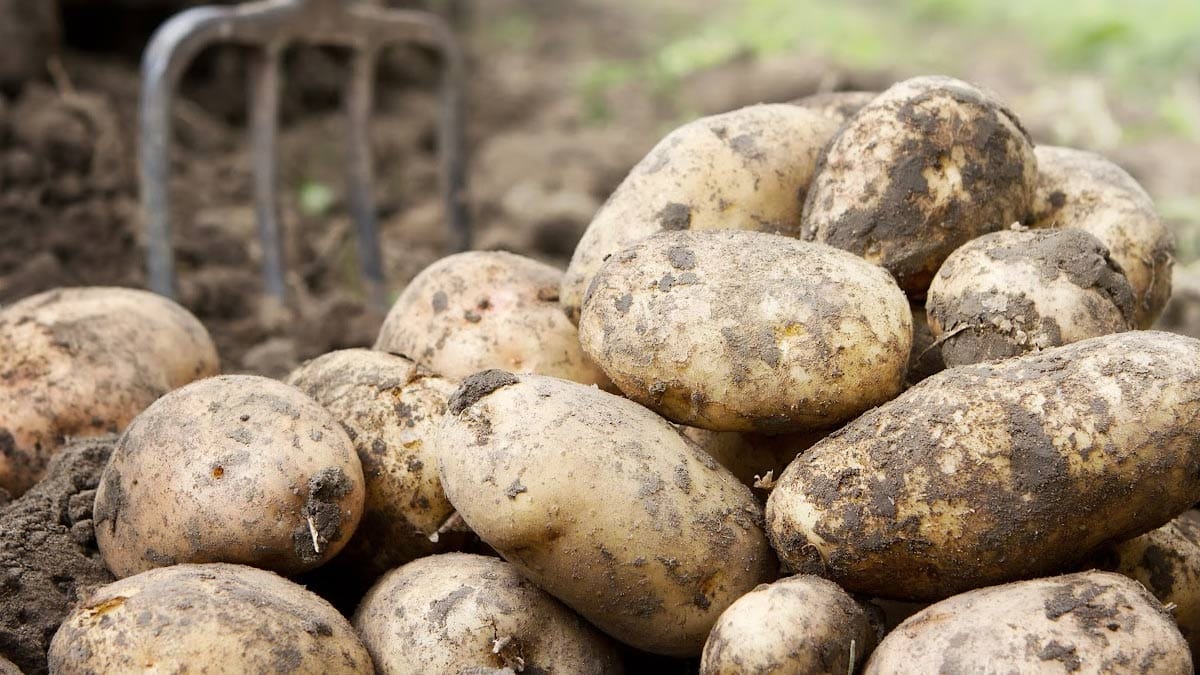
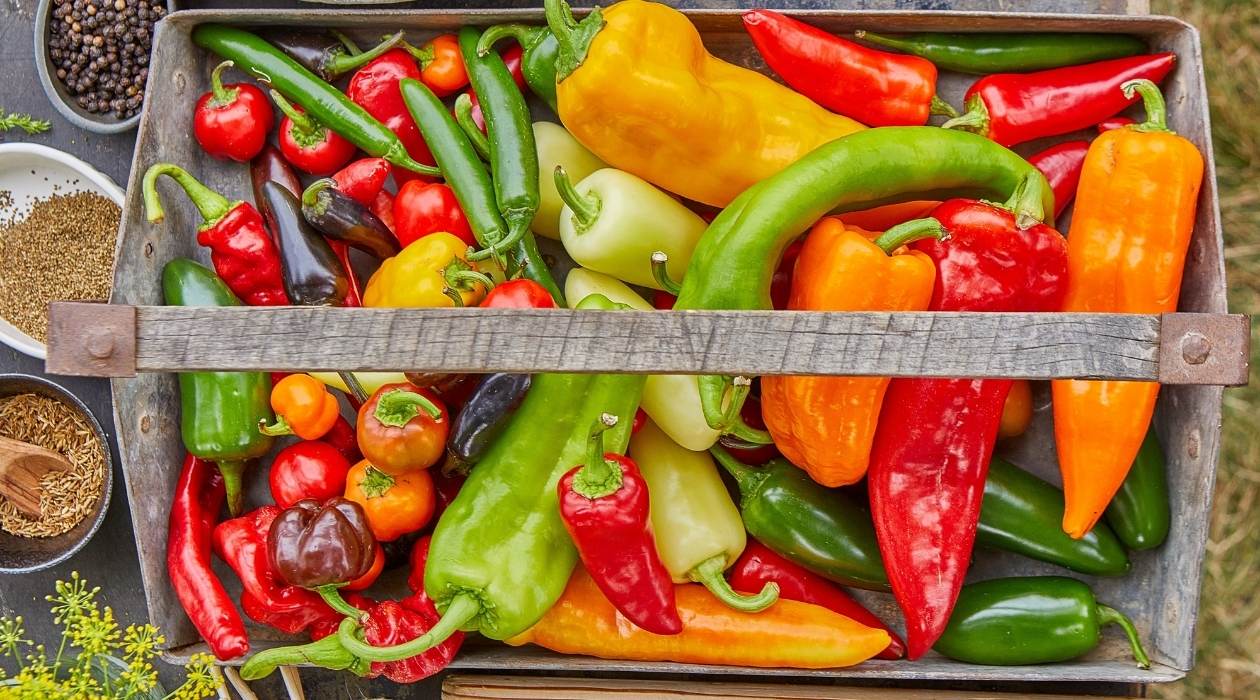
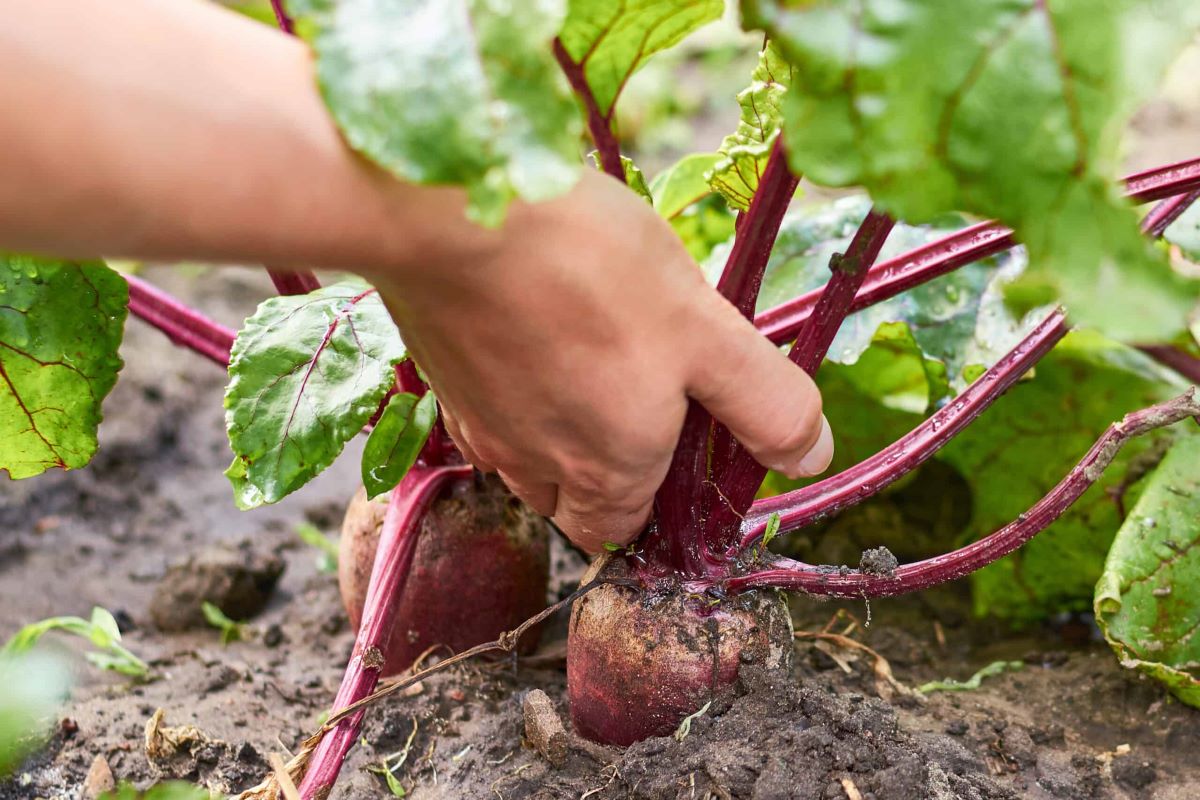
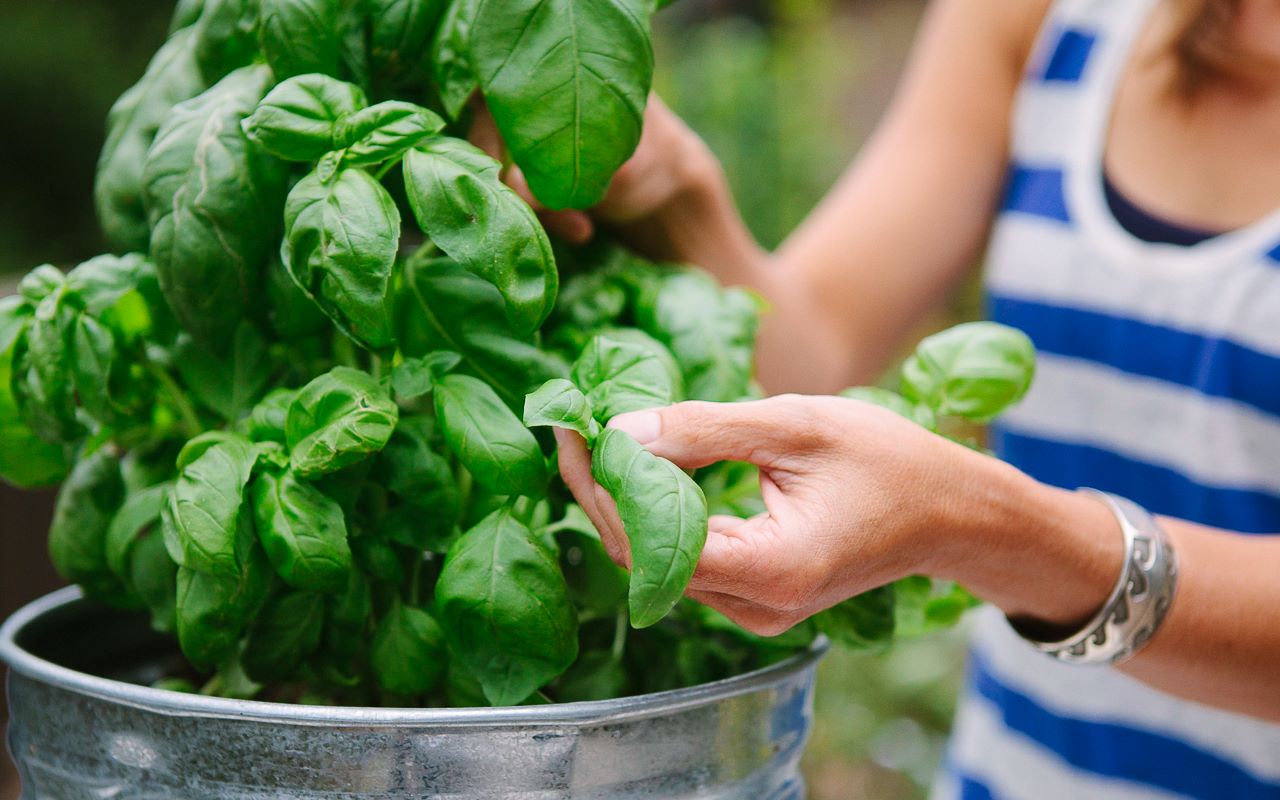

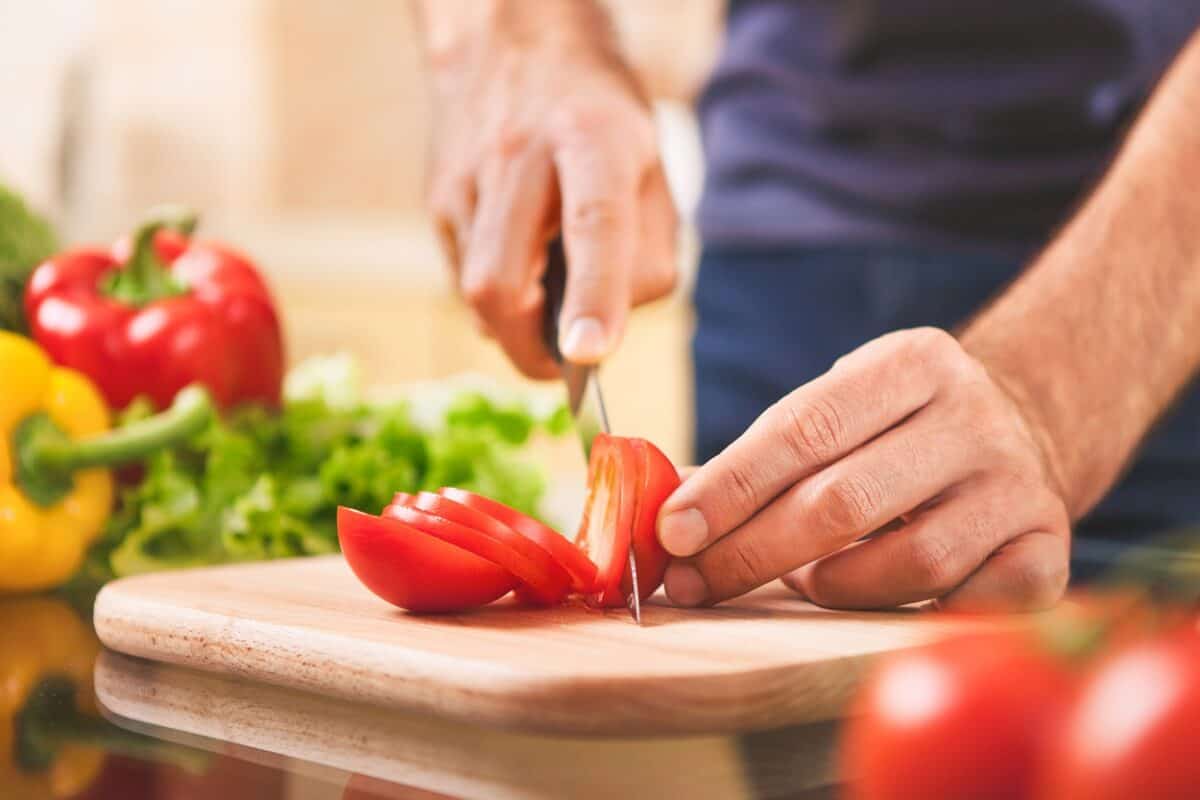
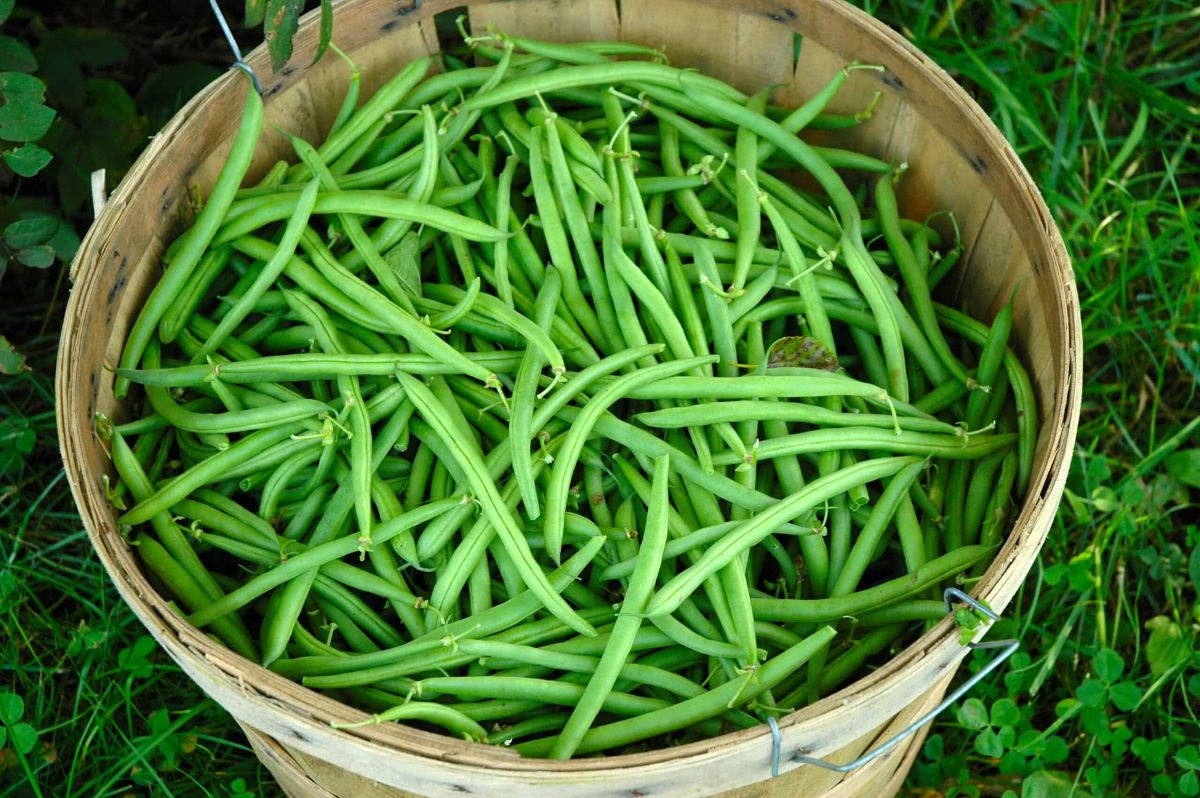
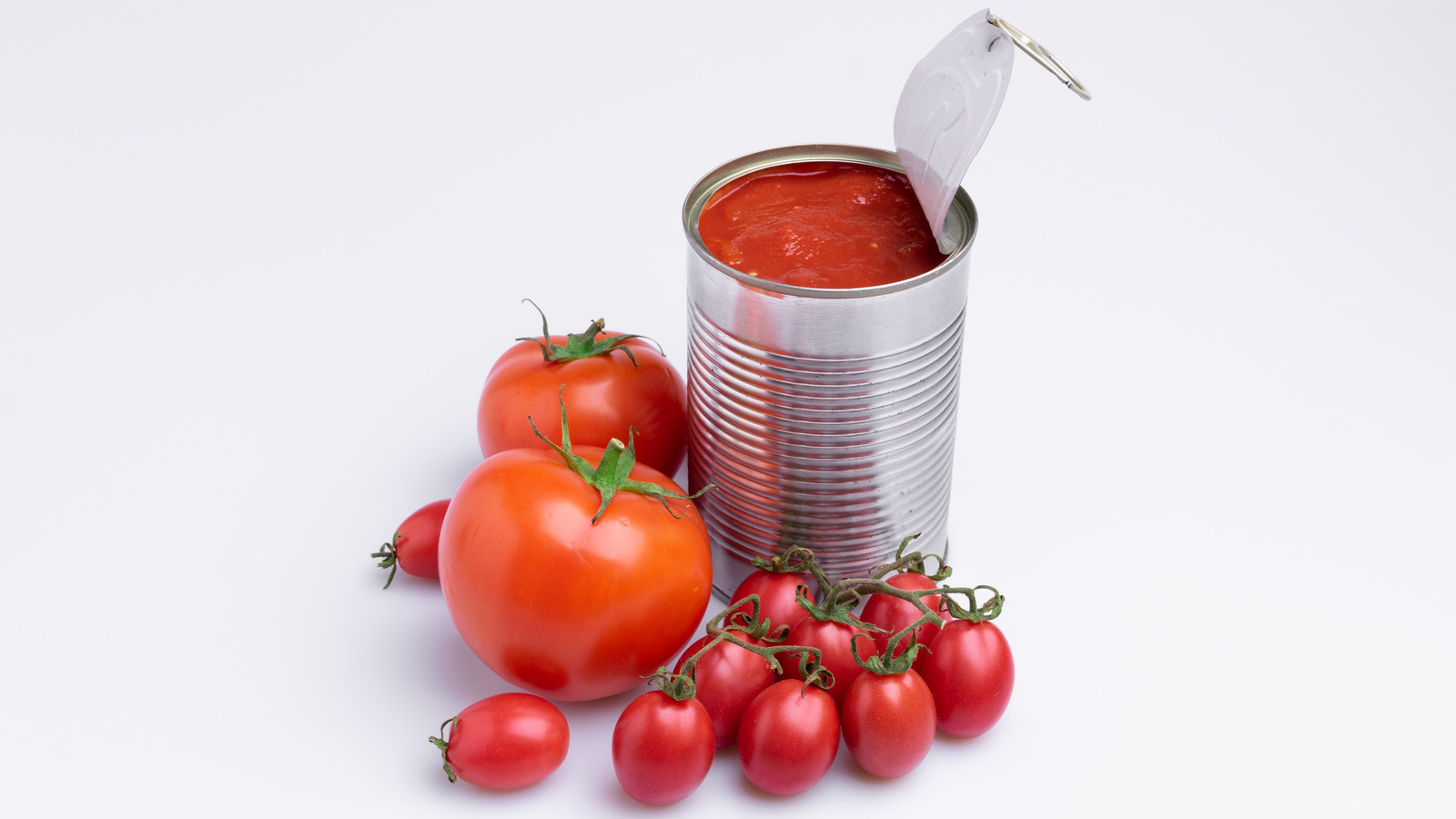
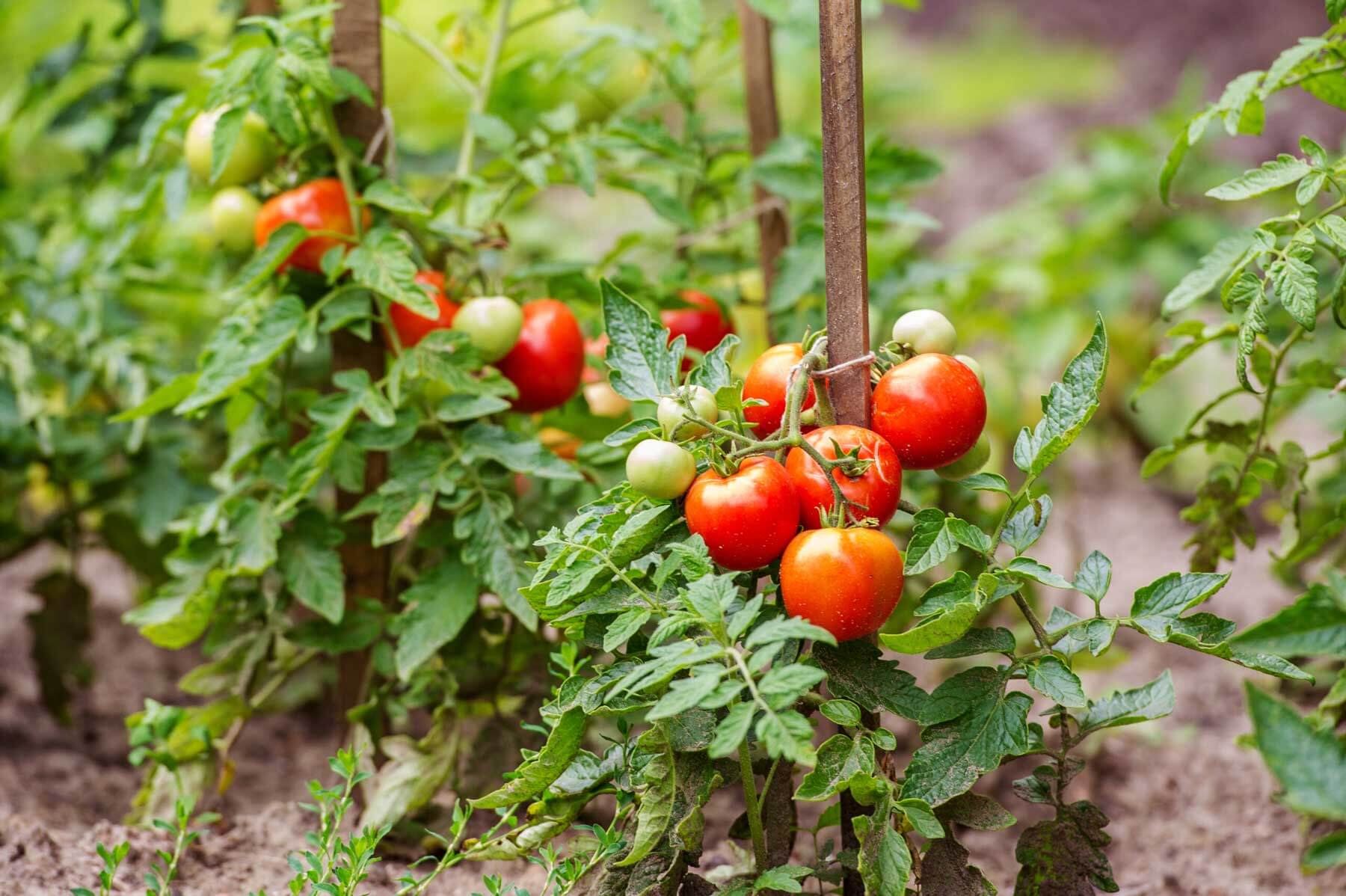
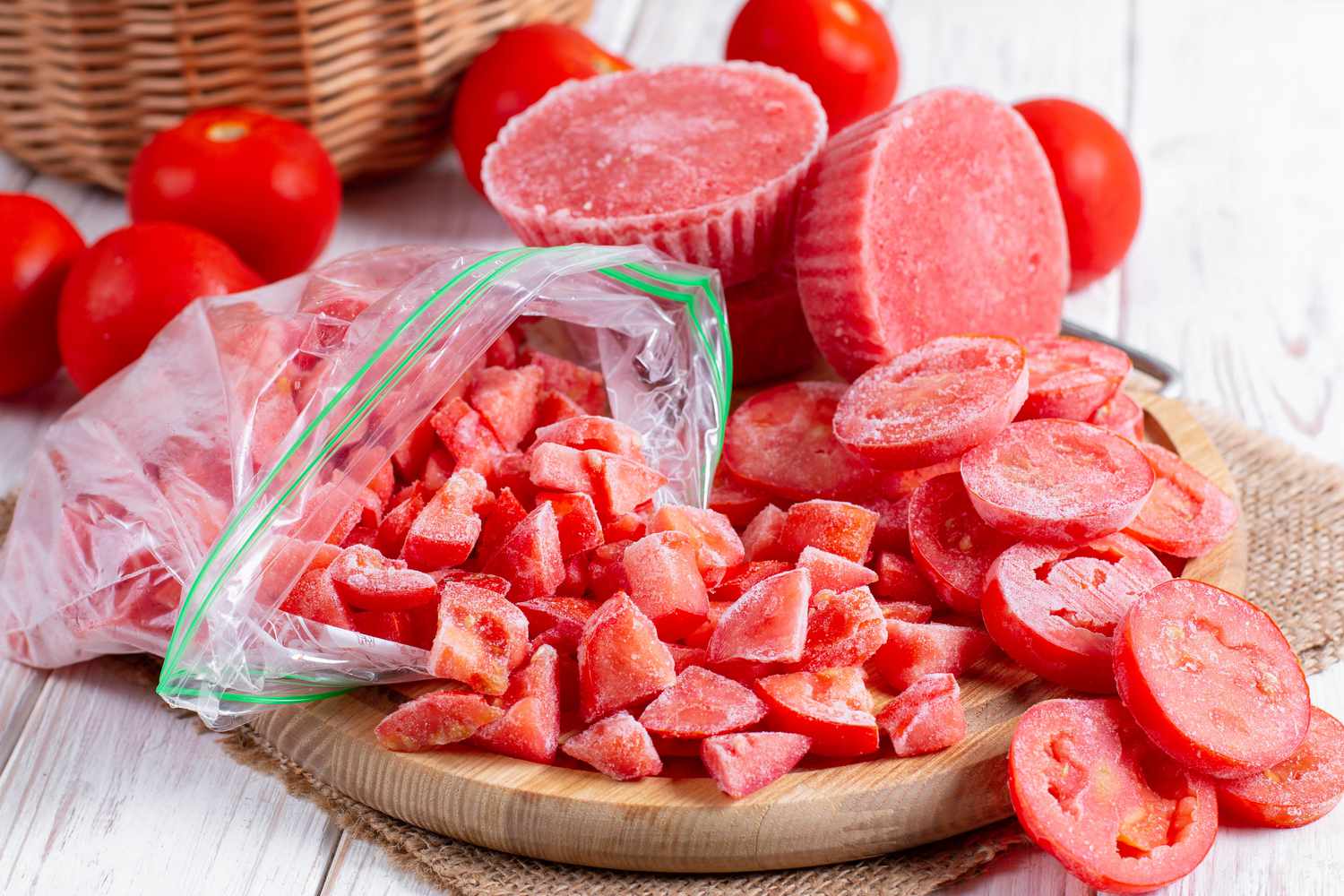
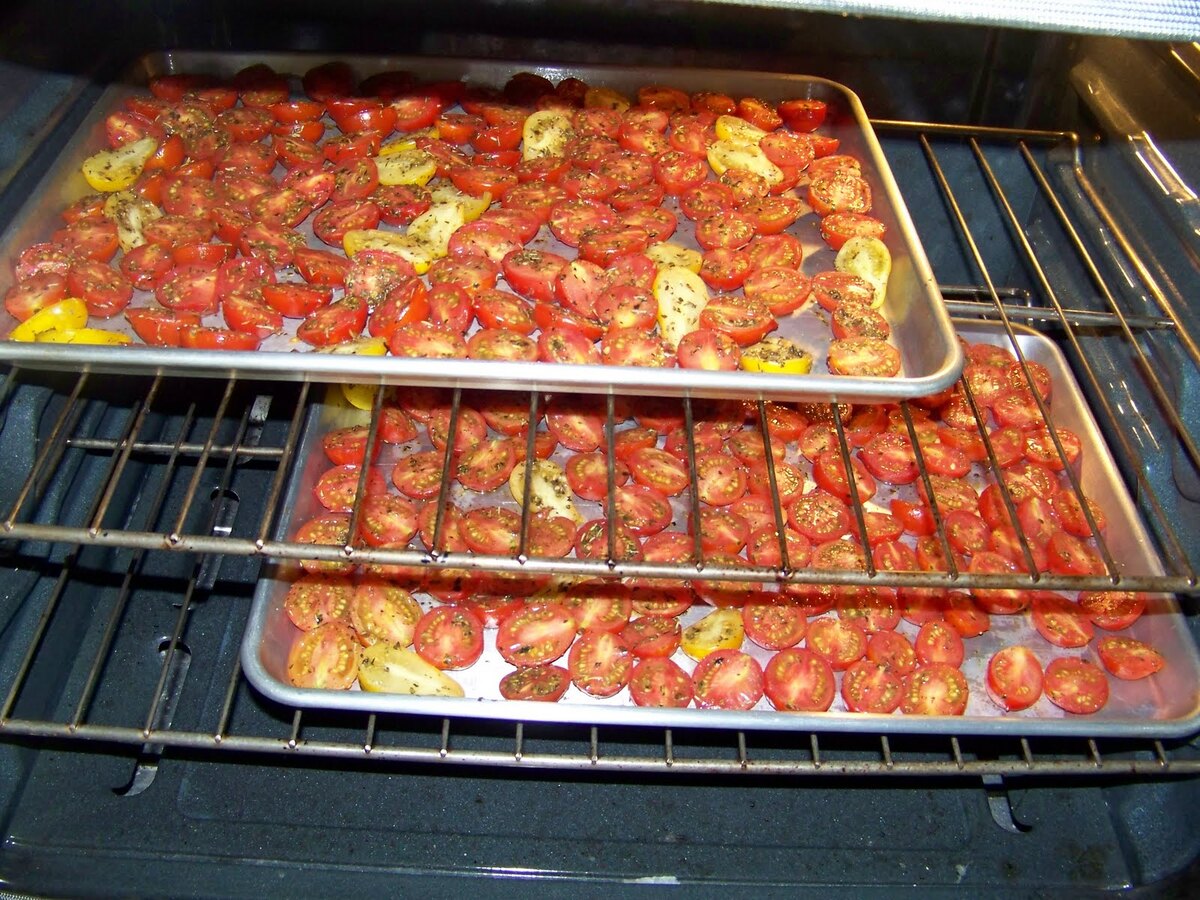
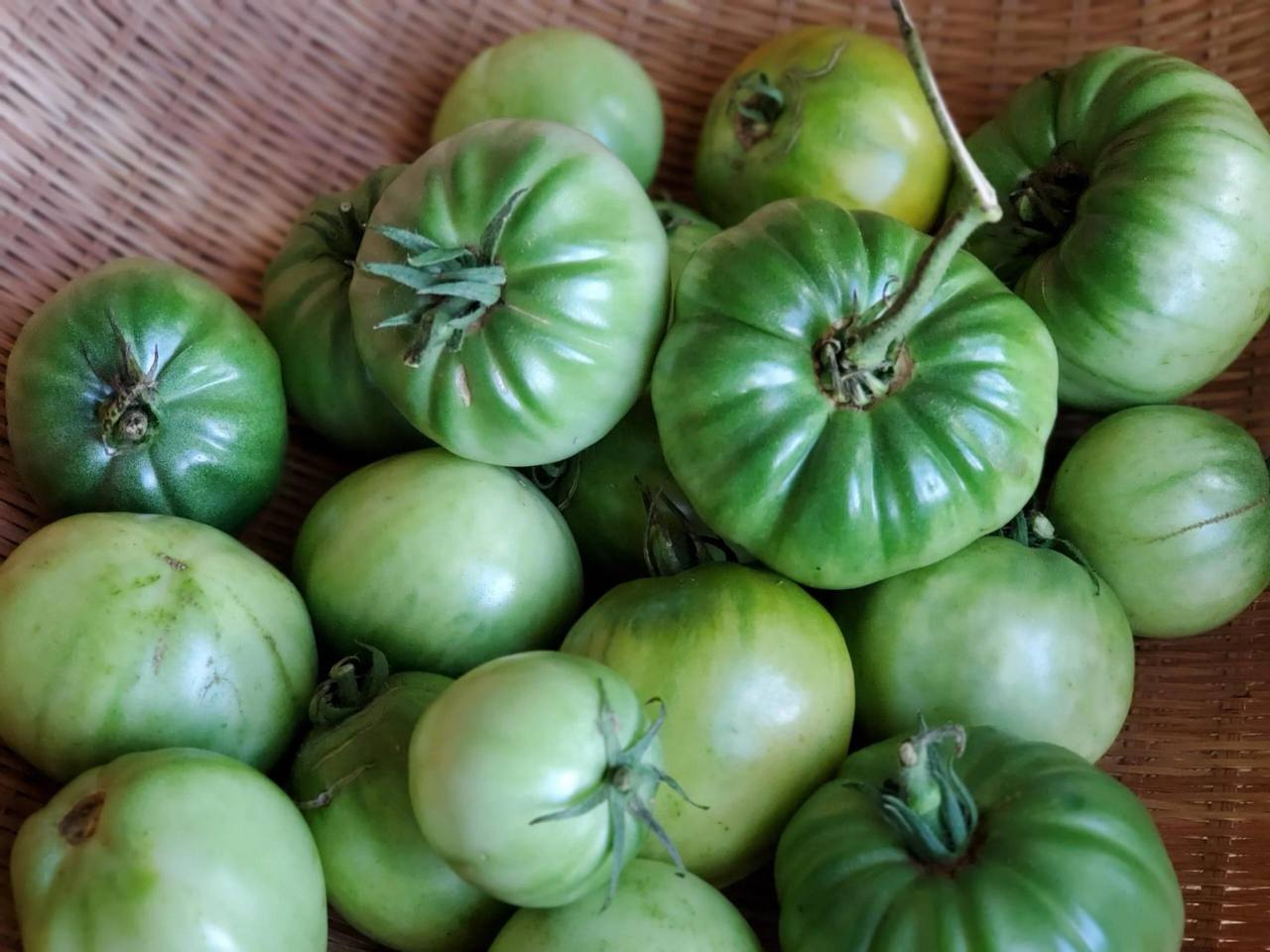
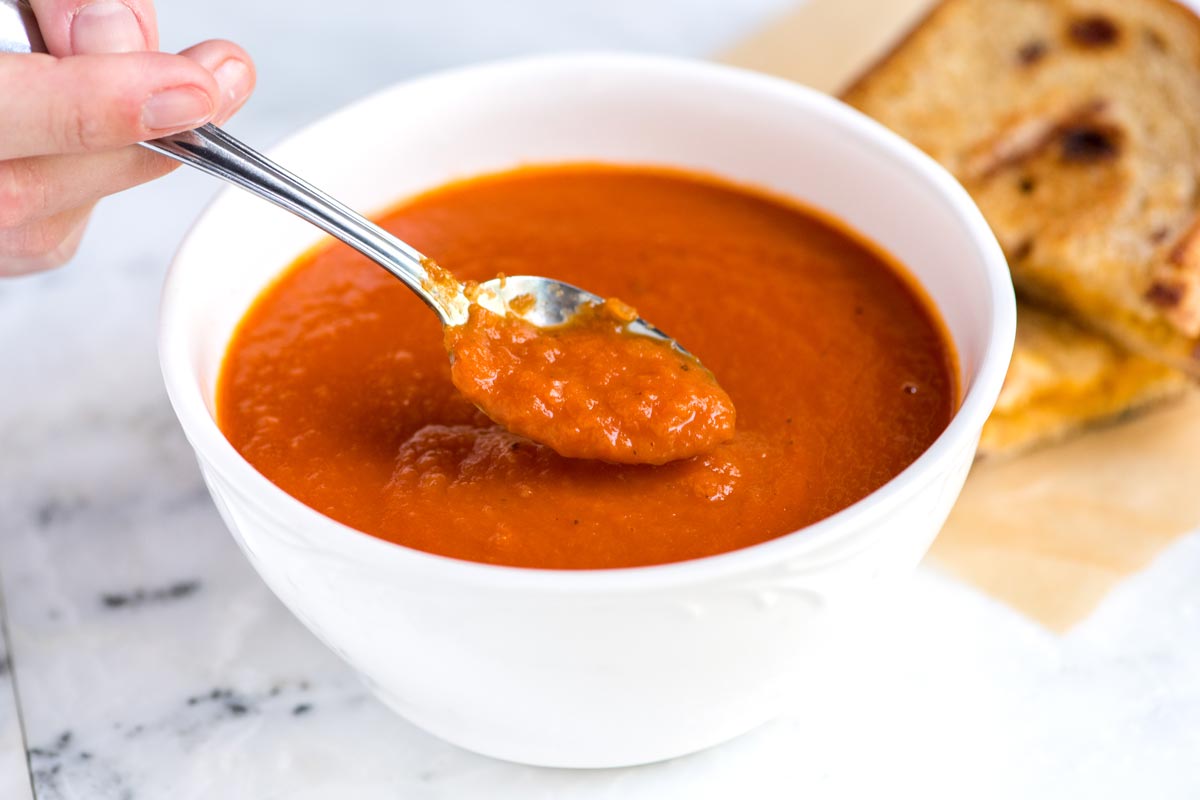

0 thoughts on “How To Store Tomatoes After Harvest”